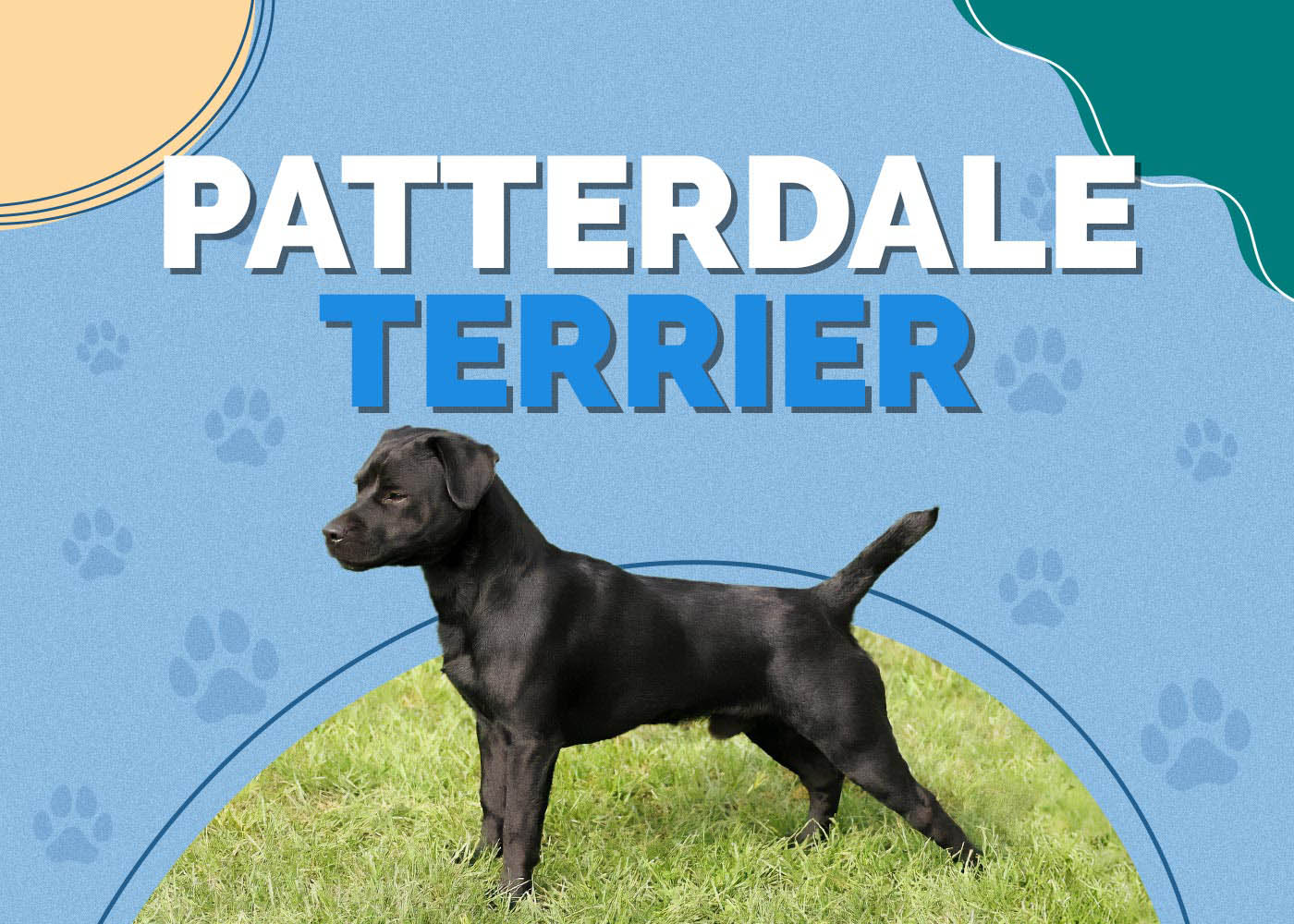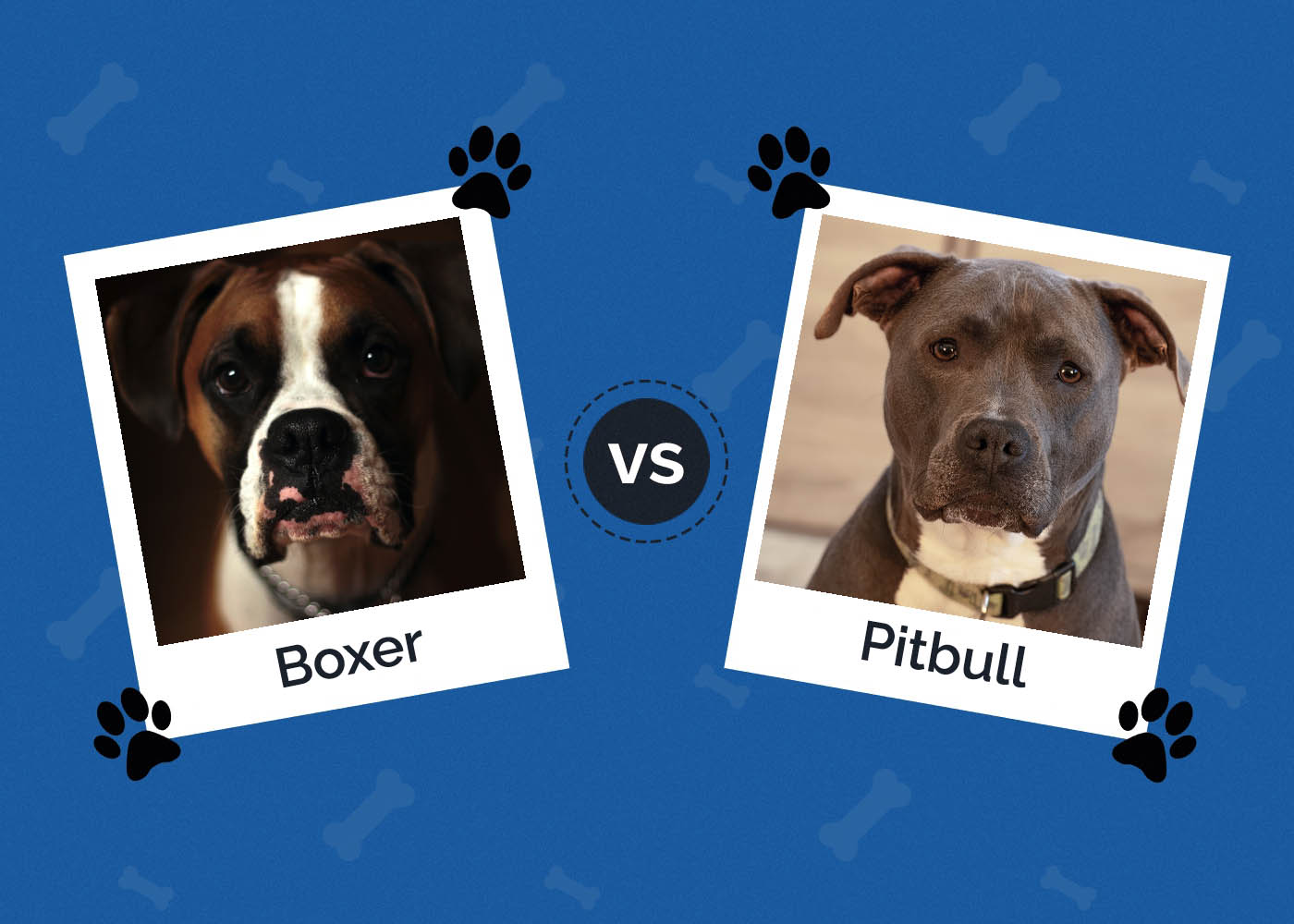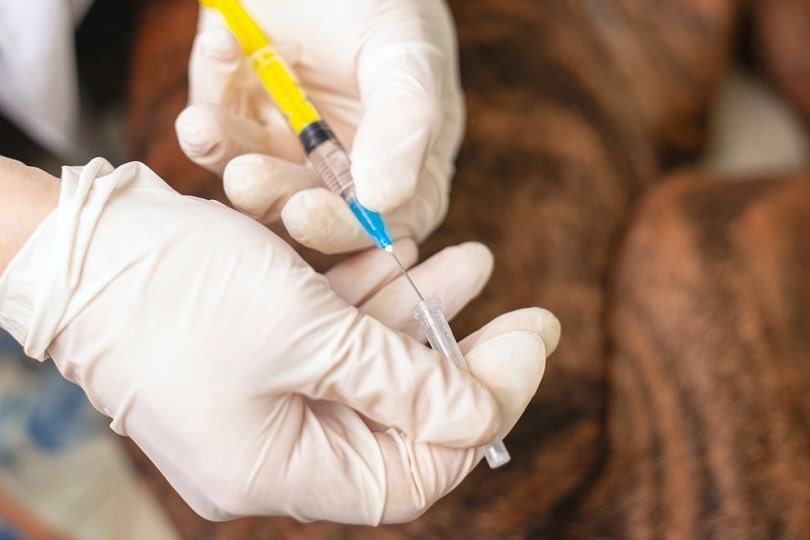Akita Pit (Akita & Pitbull Mix): Info, Pictures, Characteristics & Facts

Updated on
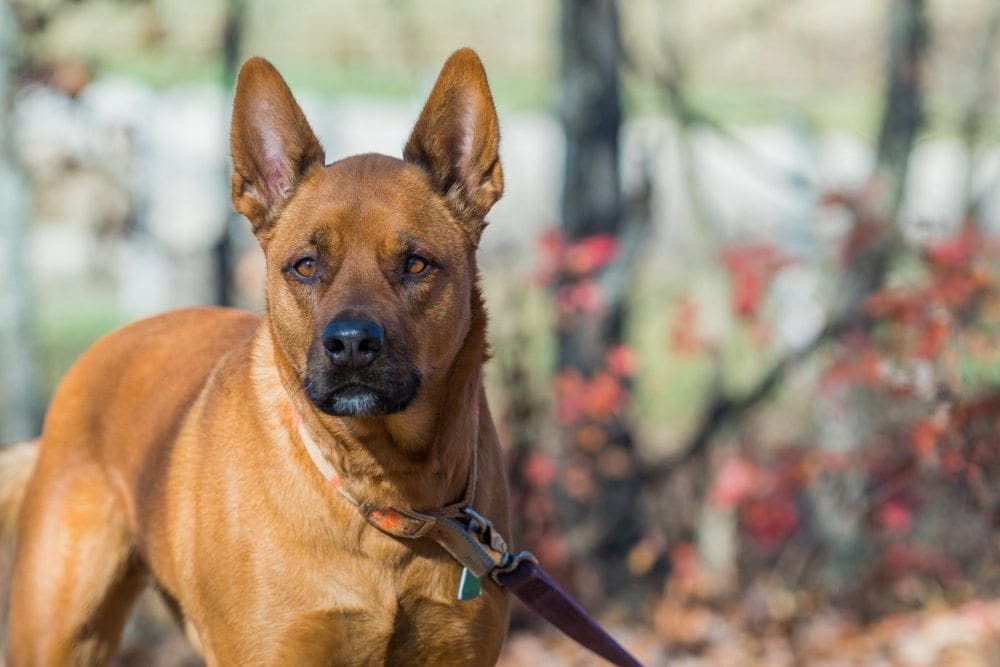
Height:
16–23 inches
Weight:
30–70 pounds
Lifespan:
10–12 years
Colors:
Tan, cream, brown, white, black
Suitable for:
Families with children, active singles, being a watchdog
Temperament:
Loyal, enthusiastic, stubborn
Many people can misunderstand these dogs because they are a mix of two breeds associated with aggressive behavior. However, as lovers of Pitbulls will commonly tell you, they are the sweetest, most loving animals you could encounter. With the proper training, Akita Pitbull mixes will be docile and affectionate protectors of the family.
Akita Pit mixes are the best dogs for larger families or homes with other pets. They are adaptable dogs and are content to make their home in apartments, farms, or houses with backyards as long as they get a consistent amount of exercise.
Akita Pit Puppies
Akitas are well-known in dog-breeding circles for being one of the most expensive dogs in the world. However, when breeders mix these regal dogs with the more common Pit Bulls, the price becomes more manageable. The cost depends on the breeder and the pedigree of the parents.
Take your time to find a reputable breeder who will share the puppy’s health information with you and let you visit the breeding facilities and meet the puppy’s parents. Akita Pits might not be easy to find at a shelter, but you can always ask if they have any mixed breeds that resemble the Akita Pit.
You might get lucky, and you can change a dog’s life for the best.
3 Little-Known Facts About the Akita-Pit
1. The Ancestors of the Akita Were the Matagi-inu.
Both the Pit Bull and Akitas have long and fascinating histories. The Akita was initially called the Matagi-inu, meaning hunting dog. They were also close members of any family they were adopted into. Centuries later, they began to be bred as fighting dogs in Japan, getting crossed with breeds with more aggressive tendencies to improve fighting capabilities. However, there were people in Japan who thought the loss of the purebred Akita, part of their ancient history, would be a loss to the whole country.
2. Akitas Are National Treasures in Japan.
Before the Akita bloodline could be lost forever, groups formed in Japan, such as the Akita Inu Hozonkai Society of Japan, that wanted to preserve the original Akita. They were met with success. In 1931, the breed officially received the designation of a national treasure of Japan. This designation is part of what makes them one of the most expensive dogs in the world.
3. Akita Pits May Appear to Be Fierce Dogs, but They Need Companionship.
The Pit Bull was initially used for boar hunting and as a property guardian back in the 1500s. As history progressed, they became commonly used for bull-baiting, which was outlawed in England in 1835. It was at this point in history that the dogs started to be bred with Terriers, becoming more of the breed we know today. The Terrier mix was supposed to increase the breed’s prey drive, aggressive tendencies, and ease of movement but decrease their size.
Hence, both these dogs have a history of fighting and an unwanted reputation for aggression. However, trained the right way, these dogs are incredibly friendly. Still, they don’t like to be left alone and need constant companionship. This need is why they make great pets for large families, where someone will almost always be around.
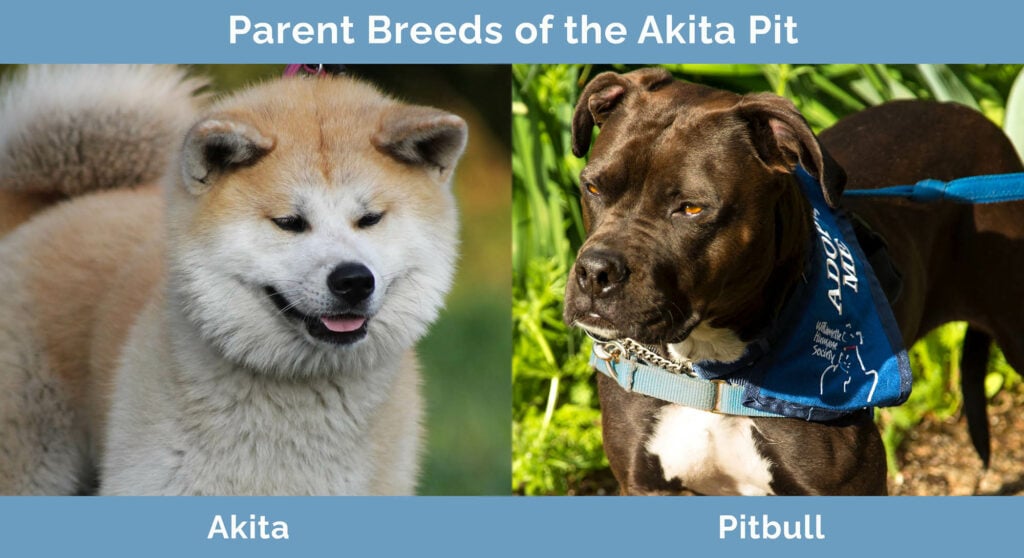
Temperament and Intelligence of the Akita Pit 🧠
The Akita Pit inherits many of their temperament characteristics from their parental lineage. For instance, as much as the Akita is known to be strong-willed and single-minded, so is the Akita Pit.
From the Pit Bull parentage, the dog receives traits that make them lean toward expressing dominance in their relationships with humans and animals. Combined, this makes for a dog who needs quality obedience training. However, they form stable relationships with their master quickly, and with an owner’s kind and firm hand in sessions, the Akita Pit becomes eager to please and easier to train.
One of the most prominent characteristics of this dog is loyalty. When it is adopted at a young age, the pup makes familial associations quickly and remains tied to them. Trained well, the dog is obedient and friendly and has inherited intelligence from both parents.
Are These Dogs Good for Families? 🏡
Akita Pits are excellent dogs for families. Even with their reputation, they rarely express aggression toward people. They love having people around and have no problem with young kids, instead acting as a guardian for them. The larger the family, the happier Akita Pits are.
Does This Breed Get Along with Other Pets? 🐶 😽
As long as an Akita Pit is appropriately trained, they rarely show any signs of aggression toward other animals. They often like to be the dominant dog in the home, and if the other dog has the same tendency, there will need to be a period where this needs to be worked out between them. Otherwise, because they are such friendly dogs, they typically appreciate having other animals around.
Things to Know When Owning an Akita Pit
Food & Diet Requirements 🦴
Generally, an Akita Pit mix does not require a specific kind of food. The best formulas for them are ones that cater to medium to large-sized pups that have an average amount of energy. Watch them if you introduce a new food, as they tend to inherit specific food allergies from their parents.
When feeding an Akita Pit, it is best to put them on a schedule instead of leaving food out during the day. If they overeat, they can quickly gain weight and become out of shape. Stick to a regular daily schedule so they know when to expect it. Check with your vet to determine how much food and how often they should eat. Also, limit their treats to keep them from upping their caloric intake.
Exercise 🐕
Akita Pits have average energy levels, perhaps slightly higher than other breeds. With a moderate amount of daily energy ready to be expended during the week, they need regular exercise to keep them content and healthy.
These dogs should get at least a couple of 20-minute walks daily or exercise in a fenced-in yard. They do not have high tendencies for wandering away or chasing after things, so playing with them in a wide-open area is generally okay. They also make great hiking buddies.
They also need mental stimulation since they are intelligent dogs. Try to engage your pup with learning games, ball games, tugging, or training activities to stimulate the mind and body.
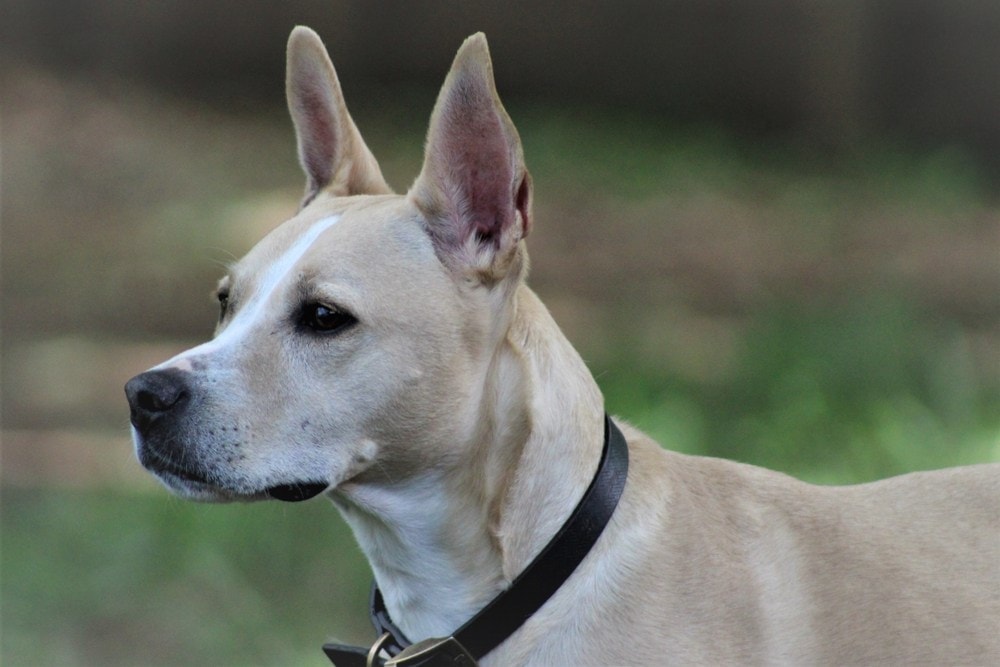
Training 🦮
Akita Pitbull mixes are empathetic and can quickly sense your emotions and any abrupt changes in them. During training, if they sense your frustration, they might associate the sessions with unhappiness and be less willing participants.
The training for an Akita Pit is essential. From a young age, their owner needs to train the stubbornness and dominance out of them to have an obedient adult dog. To do this, the trainer should have a firm hand without being pushy, projecting positive vibes the whole time.
Grooming ✂️
Akita Pits often have short, sleek hair that should only need to be brushed out weekly. Grooming sessions are excellent times to bond with your dog. It helps them learn to sit still and become accustomed to being touched and held. Some dogs can be sensitive to touch, making this akin to another training session.
Beyond grooming, keep up their basic needs by trimming their nails as they grow out and brushing their teeth weekly to promote dental health.
- Related Read: 10 Best Dog Shampoos – Reviews & Top Picks
Health and Conditions ❤️
Overall, an Akita Pitbull mix is often a healthy dog. However, due to their direct parentage to purebred lines, they may inherit problems commonly found in Akitas and Pit Bulls. Keep an eye out for the risks listed below and maintain regular veterinary appointments to catch any serious issues as early as possible.
Male vs. Female
The only difference between male and female Akita Pitbull mixes is the size. This may not be a significant difference, only varying 2-10 pounds away from each other.
Final Thoughts
For a dog that can trace their lineage back hundreds, if not thousands, of years, the Akita Pit has become a relatively unassuming and sweet protector. They are excellent fits for large families, particularly more active ones.
With the proper training, the Akita Pit can make a smart watchdog or a guardian. Training also helps sort out some of the more stubborn and dominant characteristics they may express if left to do what they want. If you adopt an Akita Pit, be ready for a dog who wants a great deal of love and whose loyalty knows no bounds.
Related Read:
- Jindo Akita Mix: Pictures, Care Guide, Temperament & Traits
- Labrakita Dog (Akita Lab Mix): Pictures, Care, Temperament & Traits
Featured Image Credit: NSC Photography, Shutterstock




